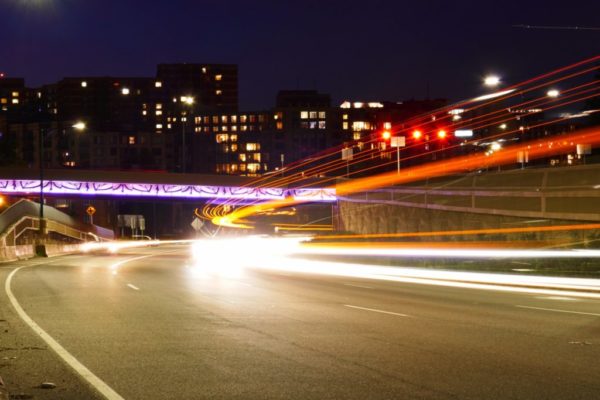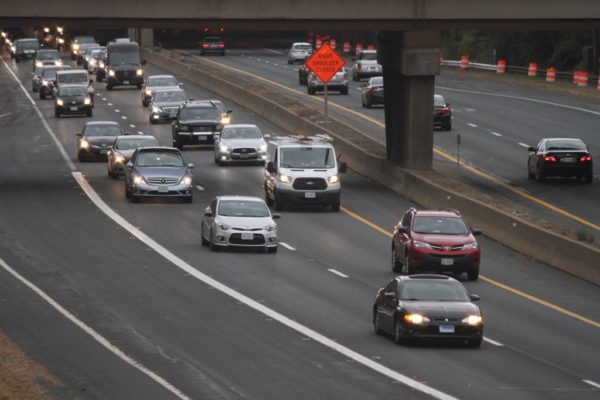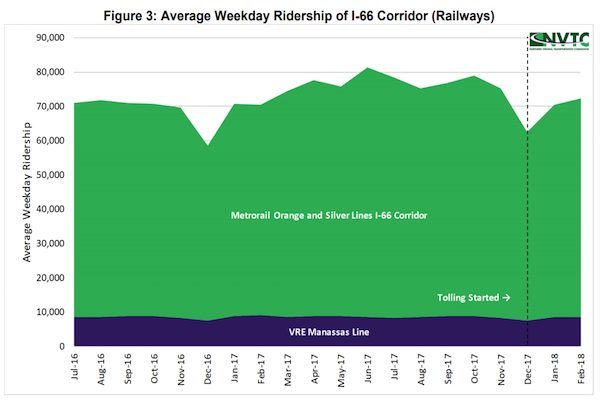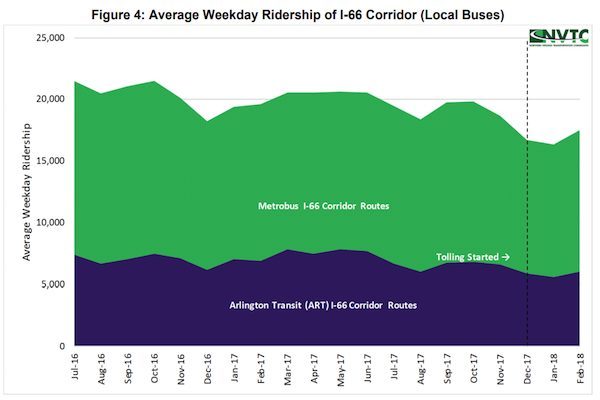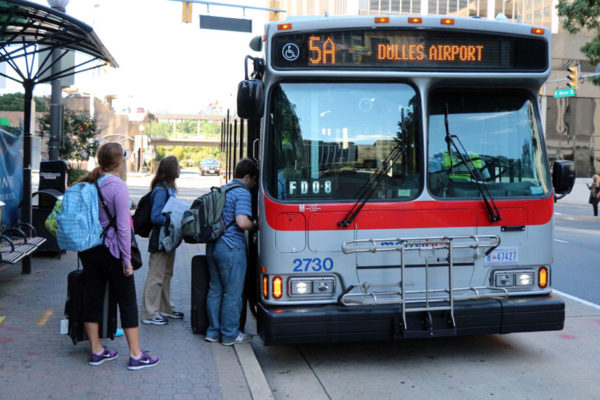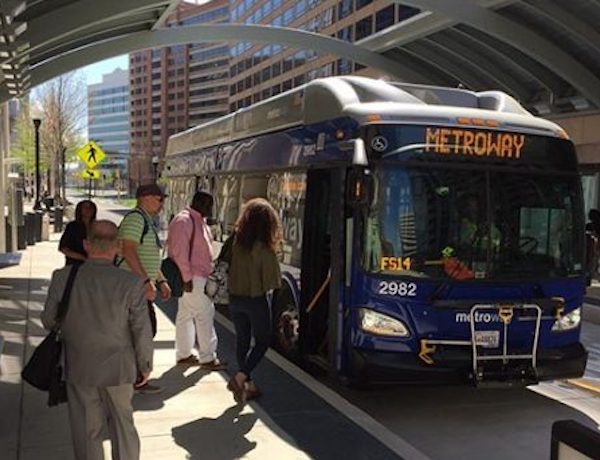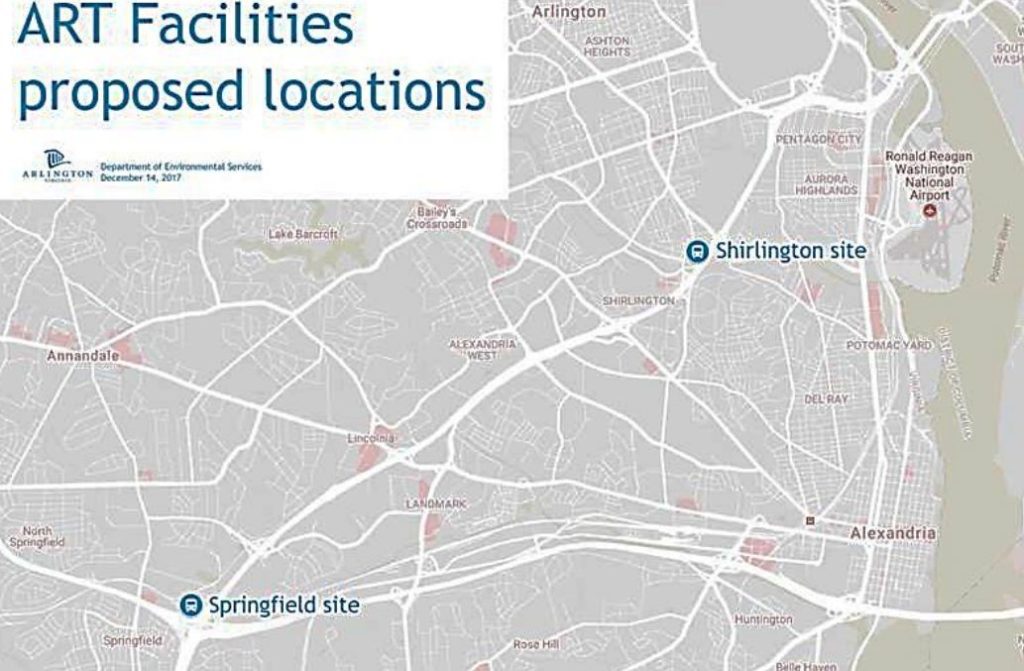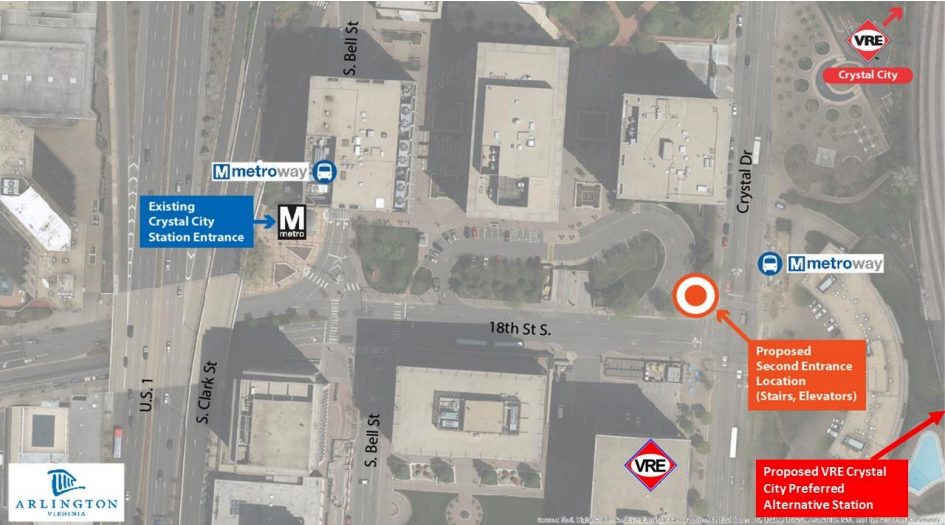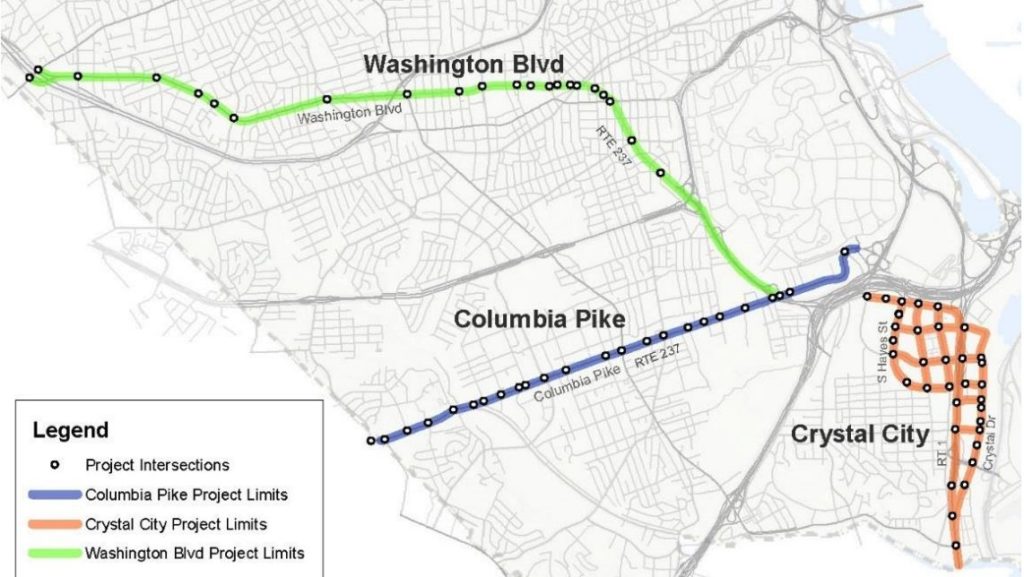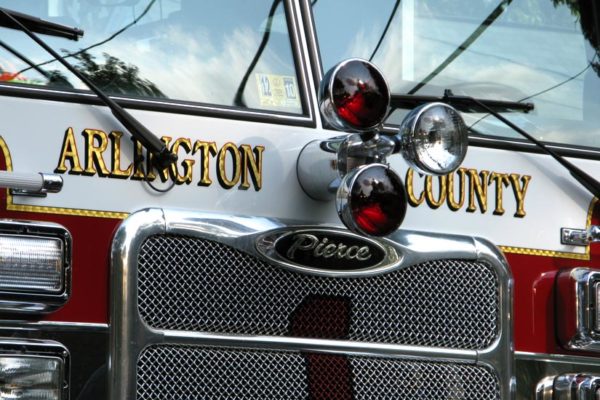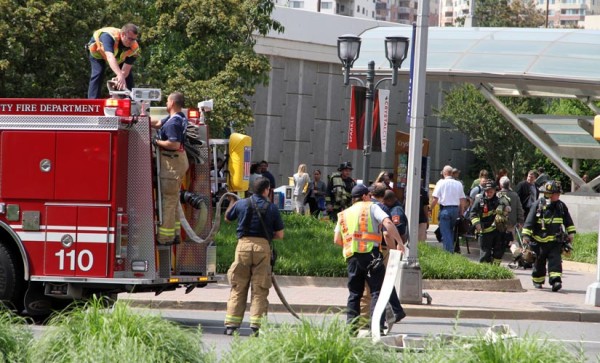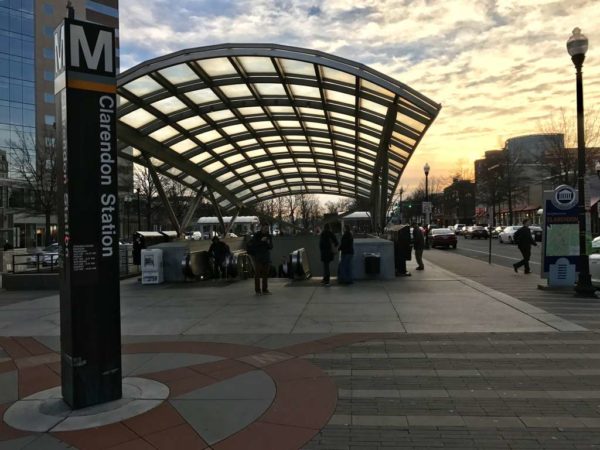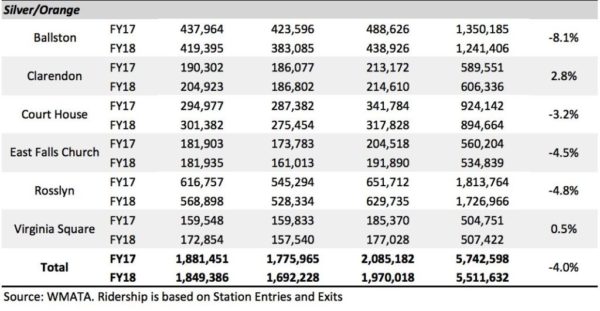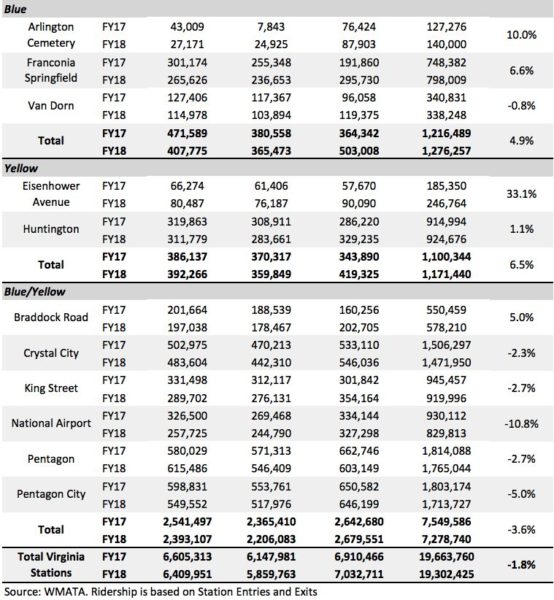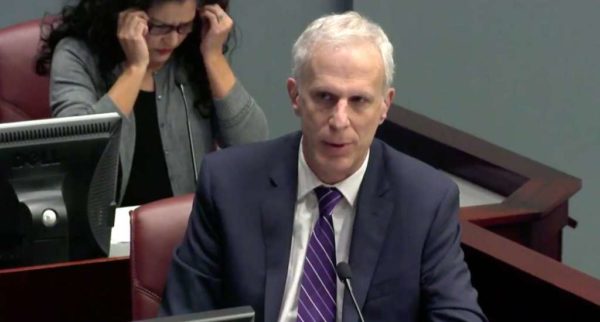Dorsey Upped to Voting Member on Metro Board — Arlington County Board member Christian Dorsey has been appointed as one of the two principal voting members of the WMATA Board of Directors from Virginia. He previously served on the Metro board in a non-voting alternate capacity. [Arlington County, Twitter]
Miss Arlington Takes State Crown — Miss Arlington, Emili McPhail, has been crowned Miss Virginia and will compete in the Miss America pageant. [WDBJ7]
Alex Trebek in Arlington — Jeopardy! host Alex Trebek stopped by the WJLA studios in Rosslyn on Friday for an interview with the station’s anchors and to help with the weather forecast. [WJLA]
VOA Profiles Choun’s County Board Run — The Voice of America’s Cambodian service followed up on Cambodian-American Chanda Choun’s run for Arlington County Board. Though Choun did not receive the Democratic nomination, he did over-perform the expectations of many. Despite the defeat, he also is encouraging “other non-traditional candidates to run to make local US elections more competitive.” [VOA Cambodia]
Lidl Faces U.S. Headwinds — German grocer Lidl, which established its American headquarters in Arlington near Crystal City, has had a rocky go of it as it tries to expand in the U.S. The company is adjusting its strategy after disappointing results from the stores it has opened thus far. [Philly Inquirer]
Six Achieve Eagle Scout Status — “Six members of Boy Scout Troop 638, affiliated with Little Falls Presbyterian Church, recently ascended to Eagle Scout during a ceremony held June 9 at the church. Recent Yorktown High School graduates Owen Gorman, Aubrey Bouchoux, Jack Durham, Tim Kent and Michael Mellett and recent H-B Woodlawn Secondary Program graduate Ben Mundt were honored at the ceremony.” [InsideNova]
Photo courtesy @bethanyhardy




